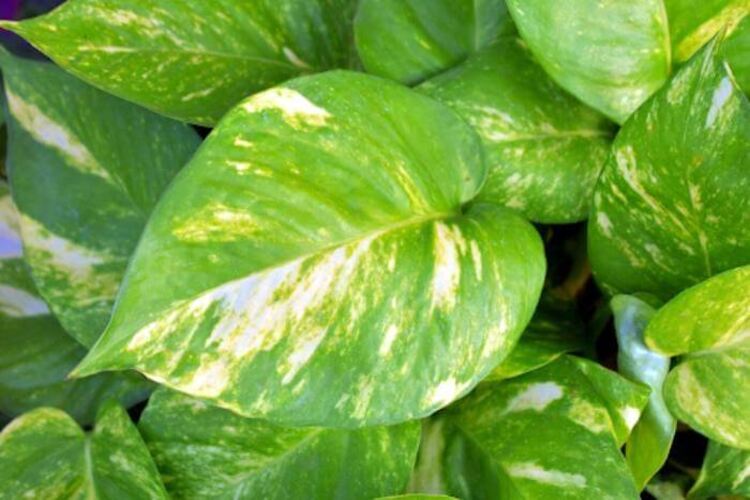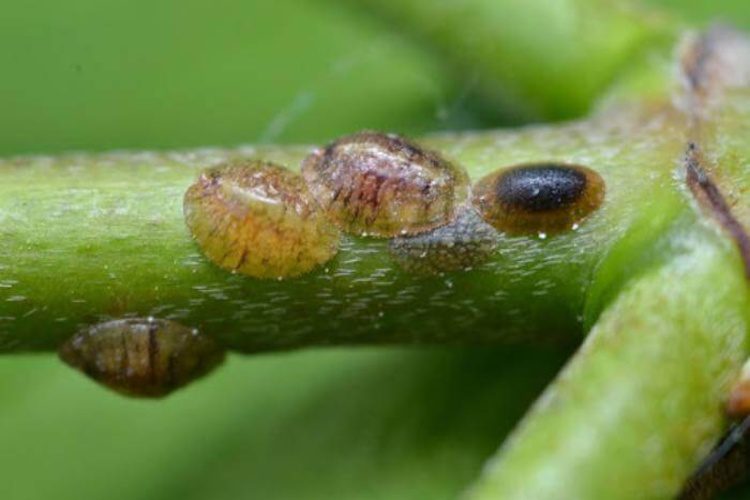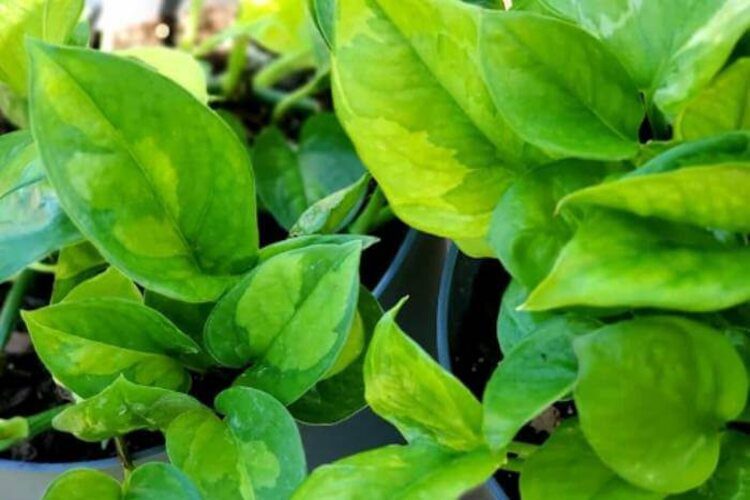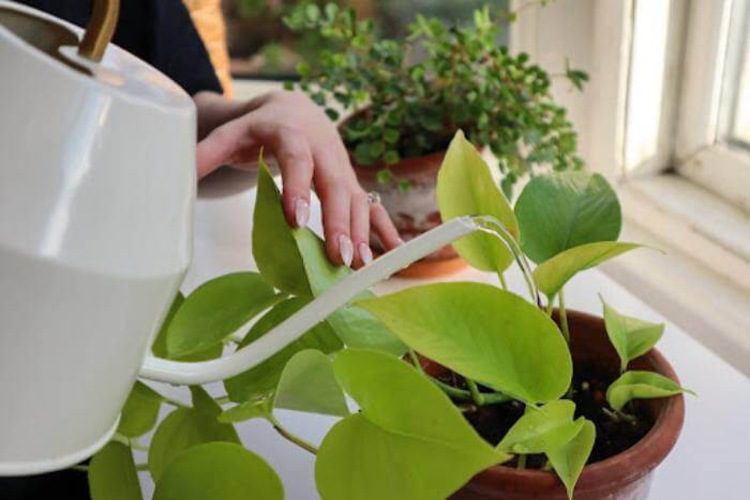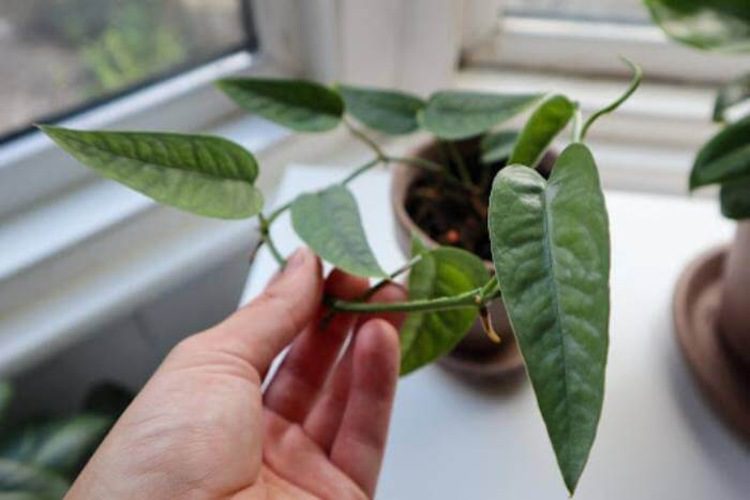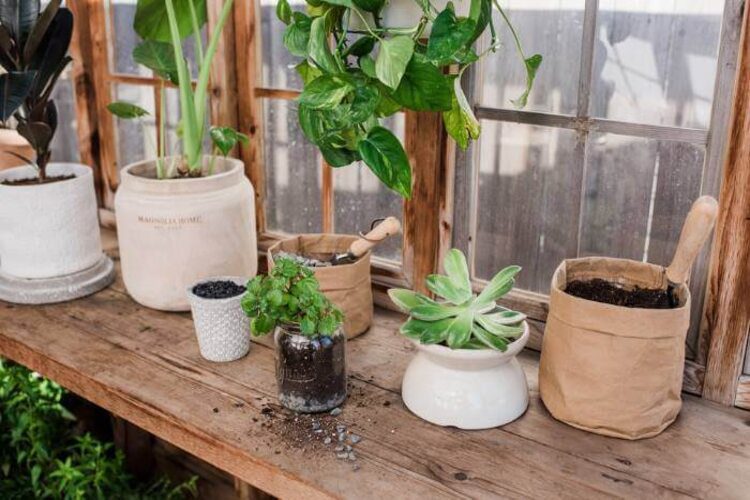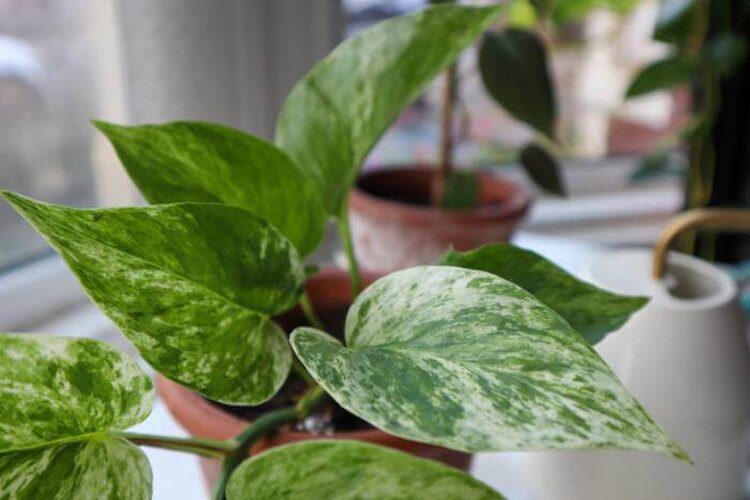Silvery Ann Pothos Care: Guide To Scindapsus Pictus Plants
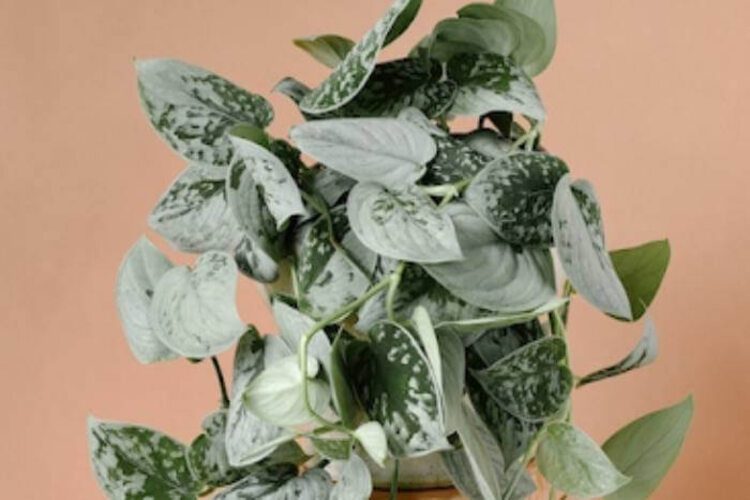
Contrary to its many popular names, the Scindapsus Silvery Ann Pothos plant is an attractive member of the Araceae family, making it an aroid rather than a pothos plant. This is so because Scindapsus is a separate genus from Pothos, which belongs to the Epipremnum genus.
Silvery Ann Pothos plants are distinguished by their deep silvery splashes over matte green foliage, which may even completely cover the leaf surfaces. This pothos can be mistaken for other types of Pothos, but its leaves are more silvery and the variegation looks more erratic.
Let’s learn more about the special characteristics of this plant and how to take care of them.
About Silvery Ann Pothos
Along with other Scindapsus variants like Exotica and Argyraeu, Silvery Ann is a plant that belongs to the Araceae family and is categorised as a Scindapsus variety. It goes by several other names, such as Silver Philodendron, Silk Pothos, and Silver Ann Pothos. Despite these titles, it is still neither a philodendron nor a pothos.
It boasts foliage that is matte green with silver flecks, one of the most sought-after characteristics in plants, and is a highly hardy plant. Similar to its sister plants (Satin or Marble Queen), it contains leaves; however, the leaves of the Silver Ann have a lot more silver linings and dots, often covering the entire leaf. Compared to Satin Pothos, Silver Ann has more pronounced silver markings on its leaves. The Satin Pothos has a more subtle variegation, with the silver markings being more evenly distributed throughout the leaf.
The plant originated in warm, humid regions like Sumatra, Sulawesi, the Philippines, Bangladesh, and Peninsular Malaysia, among others. In some locations, it grows as an epiphyte. The plant grows nicely in well-draining potting soil and is always hunting for anything to cling to. Additionally, it can be cultivated as a potted plant in hanging baskets, be held up by a joint, or grow above a stake. This silver pothos is perfect if you want to decorate your home space with colorful foliage that is also intriguing and lovely.
Silvery Ann Pothos Care
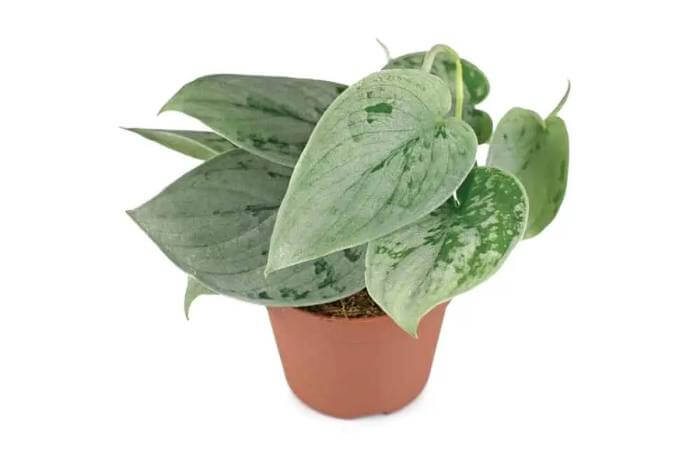
The Silver Ann plant at Scindapsus doesn’t need a lot of maintenance. Because they require little upkeep, they are ideal for novices. Only a couple of weekly waterings and at least one feeding per month may be necessary for the plant. The list below includes more advice on how to properly care for this plant.
Light
The Silvery Ann requires bright indirect light, not direct light. Medium to low light might not be the best choice if you want to preserve the plant’s lovely variegation. A plant may be forced to generate more chlorophyll in an effort to increase photosynthesis in poor lighting, which eventually causes the variegated leaves to turn green.
Place the plant at least 2-3 feet away from a window with curtains in order to provide the pothos with the lighting conditions it needs indoors. This allows for access to enough light while also serving as a filter to protect the foliage from excessive brightness. When growing the plant outside, direct sunlight must be avoided. Indirect sunlight is a better alternative.
Soil
A commercial soil mix works perfectly as soil for this Scindapsus as well as other plants since you simply need something that retains enough moisture but has extra texture for drainage. The best pH range for the plant is in the slightly acidic range of 6.1 to 6.5.
To make your own soil for this pothos, combine fresh garden soil, perlite, vermiculite, pumice, and coarse sand in equal amounts. The “feel method,” which suggests that the soil should stay together when hand-clumped and may slightly form a ribbon but may be easily distributed, is your best chance for choosing the proper potting mix.
Watering
Like most tropical indoor garden plants, the plant requires only moderate watering. It can endure droughts rather well and can even take some neglect. However, overwatering is often an issue and can lead to root rot. At least once a week, you should water your Silvery Ann. You might need to water your plants more frequently in the summer and less often in the winter.
Placing your index finger about an inch beneath the soil’s surface and feeling for dirt adhering will help you decide how much water your pothos needs. This can help you avoid root rot. If there is none and it seems dry to the touch, give the plant plenty of water.
Fertilizer
It doesn’t need to be fertilized frequently, although doing so occasionally ensures good growth. Without fertilizer, the plant would develop fewer, smaller leaves, and its growth might be constrained. You can use any all-purpose fertilizer on your pothos, but avoid the less expensive brands because they have the propensity to accumulate in the soil over time.
NPK 14-14-14 is a good fertilizer ratio to use, but be careful not to overfeed the plant. It is recommended to fertilize your pothos plant at least once a month, especially in the spring and summer when the plant is expanding rapidly.
Temperature
As one might expect from a tropical plant, it can withstand temperatures between 60 and 75 degrees Fahrenheit. The plant can prosper in a warm, humid climate. Because this plant cannot tolerate cold temperatures, it is essential to keep the temperature above 60°F. Furthermore, the plant can eventually suffer damage at a temperature of 45°F.
Humidity
The humidity requirements of these pothos are typically not a problem because the plant can tolerate a range of humidity levels. The ideal humidity range is between 50 and 70%. Even though it isn’t extremely picky, you can still boost the air’s moisture, especially inside, if you think it has become too dry.
Repotting
Repotting for Silvery Pothos is typically done after two to three years. Its growth is mostly influenced by the original method of planting and the size of the pot. Repotting your pothos should be considered if the plant becomes root-bound or if you can already see some roots poking out from the base of the plant.
Read more: Golden Pothos vs Hawaiian Pothos: Stunning Similar Pothos
How to propagate Silvery Ann Pothos
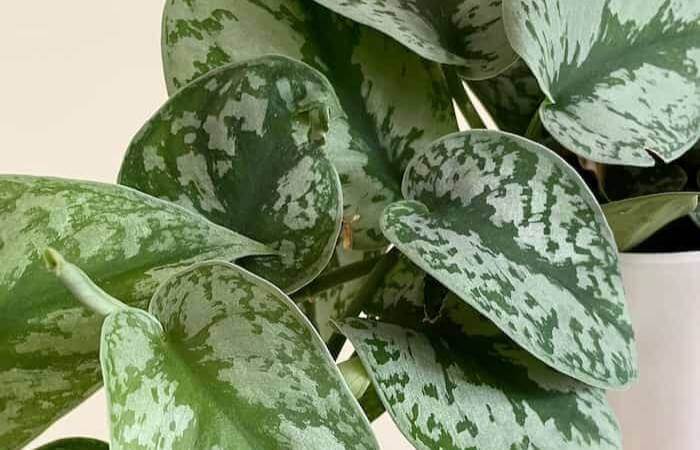
Due to the rapid formation of roots, plant propagation is very convenient for growing new plants. Silvery Ann is typically produced by stem cuttings and division, respectively. Here are some steps to propagate this type of tropical houseplant.
Step 1: Cut 3–4 inches below a node and remove the bottom leaf.
Step 2: Plant three or four cuttings together around the rim of a 3-inch pot containing a moistened, equal-parts mixture of peat moss and coarse perlite potting mixture.
Step 3: Enclose the whole set in a plastic bag. Place it in a bright, filtered light area.
Step 4: After rooting takes place, remove the plastic covering and transfer it to the permanent container. After all, apply routine pothos care to the newborn plant.
Common Problems with Silvery Ann Pothos
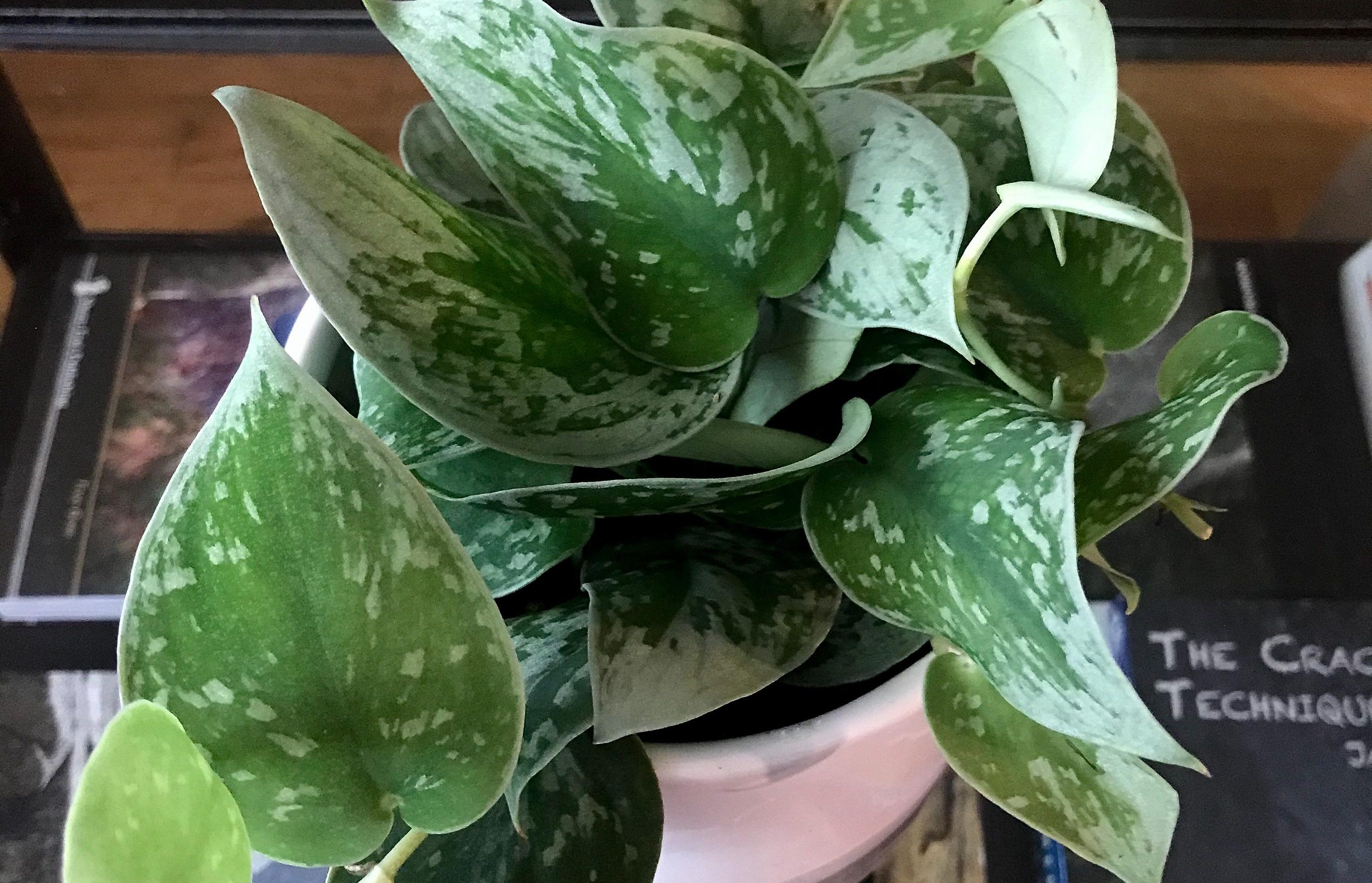
The plant is extremely easy to grow and is great for beginners. However, below is a list of common problems with Silvery Ann and solutions for each.
Pests
Even though Scindapsus Silvery Ann pests are uncommon, they could still be a nuisance if they aren’t dealt with right away. Mealybugs, spider mites, and scale bugs are a few typical insects that could annoy your Pothos. They frequently consume plant sap that affects the delicate foliage of the plant.
Spray your pothos leaves with an alcohol mixture to remove any debris or mold that may have grown on the surface if you notice signs of infestation. You can also apply horticultural oils like citronella or neem oil, which contain components that can ward off bugs and hence stop their spread.
Growing Issues
With Silvery Ann, you could also have growth issues like yellowing of the leaves, reversion of the variegation to green, and stunted growth. Trim the plant occasionally to help it recover and appear healthier, preventing the need for sick plants in your collection.
Avoid overwatering at all costs and offer enough bright, filtered light. When you see stunted development, you can also apply fertilizer. Besides, you could use sterile equipment while propagating, especially when trimming the plant and selecting healthy propagules.
Conclusion
In order for the plant to thrive and produce more variegated leaves when grown as a hanging plant, it is essential to prevent the roots from drying out. Scindapsus Silvery Ann is frequently permitted to creep into many green walls in homes, but they also make attractive pot plants for businesses and other establishments.
Watch this video to learn more about the propagation process:
FAQs
Related posts:



